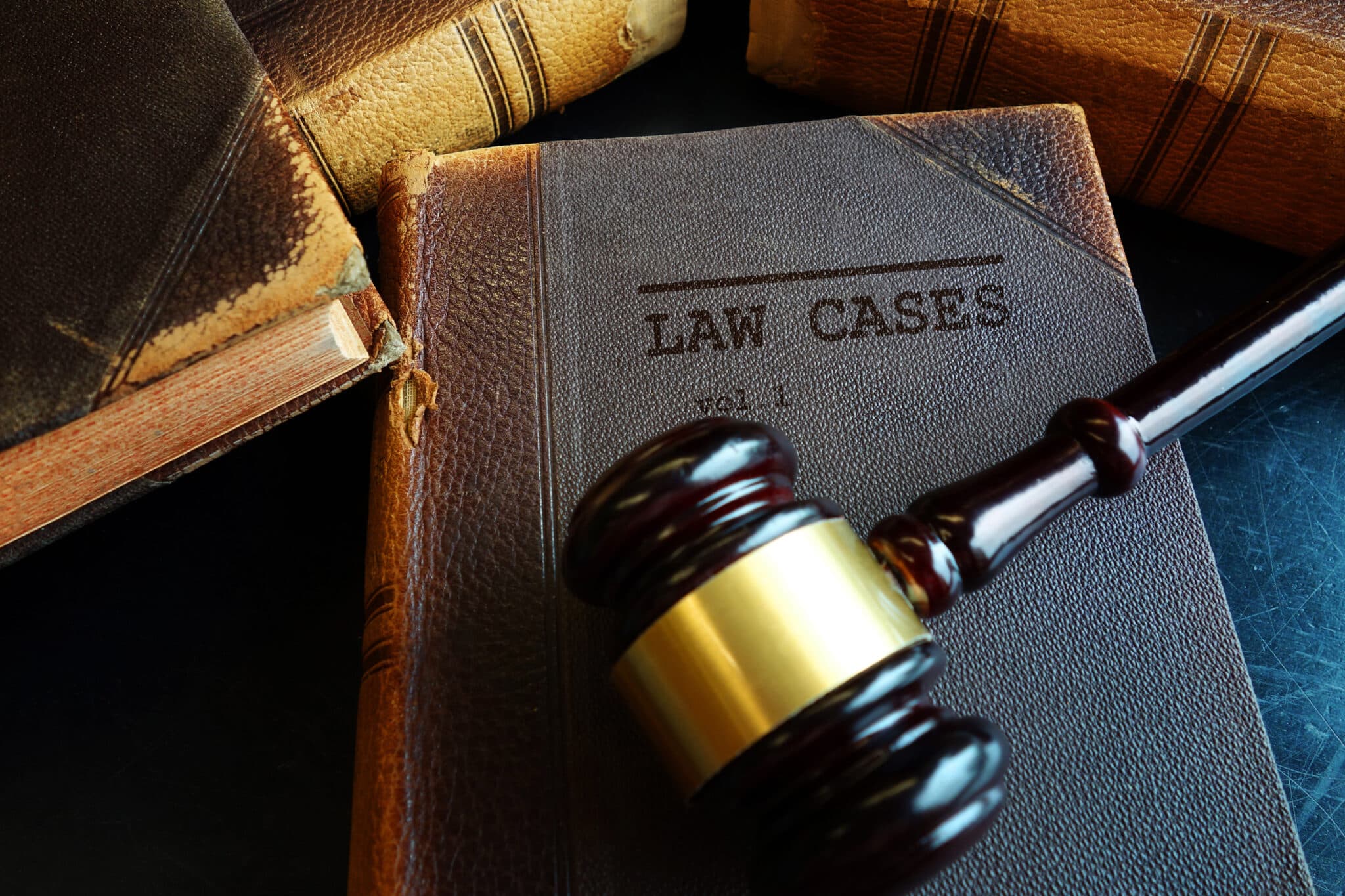Why Select Federal Appeal Lawyers: Proven Strategies for Effective Appeals
Why Select Federal Appeal Lawyers: Proven Strategies for Effective Appeals
Blog Article
Demystifying the Process of Federal Appeals: What You Required to Know
Navigating the intricate world of federal appeals can usually look like going across undiscovered waters for those not familiar with the procedure. Understanding the subtleties of appellate court jurisdiction, the complexities of filing a notice of appeal, providing an engaging brief, and making a convincing dental disagreement are vital parts that can dramatically affect the outcome of an instance. By unraveling the layers of complexity surrounding government appeals, people can obtain a more clear insight into the devices that regulate this crucial phase of the legal system.
Comprehending Federal Appeals Process
Exploring the complex world of the federal allures process unveils a systematic and structured trip via the judicial system. Federal appeals offer as an essential device for evaluating choices made by reduced courts. Comprehending this procedure is necessary for anyone associated with legal proceedings at the federal degree.
The process normally begins with a party disappointed with a lower court's ruling submitting a notice of appeal. This sets off a review by a greater court, where a panel of judges analyzes the legal disagreements offered by both events. Briefs laying out the lawful thinking behind each event's setting are submitted, and dental disagreements may be heard to clear up intricate issues.
The appellate court's decision is based on a comprehensive evaluation of the lower court's proceedings and the disagreements offered. As soon as the appellate court gets to a decision, it can attest, turn around, remand, or modify the reduced court's ruling, supplying quality and finality to the legal dispute.
Appellate Court Territory Clarified
Appellate court jurisdiction refers to the scope of instances that a certain appellate court has the power to decide and evaluate upon. Unlike trial courts that hear situations for the first time, appellate courts are restricted to reviewing choices made by reduced courts.
Appellate courts have jurisdiction over particular sorts of cases, normally those involving lawful mistakes, procedural issues, or inquiries of legislation as opposed to factual conflicts. The jurisdiction of appellate courts is typically laid out in laws and regulations that govern the court system. Recognizing appellate court territory is critical for events associated with the allures process as it determines whether a case is qualified for evaluation and the extent to which the appellate court can interfere in the lower court's decision.
Filing a Notification of Appeal
The first step in starting the government allures process involves filing a Notification of Charm with the proper appellate court. This vital paper officially informs the court and the other parties associated with the instance that the appealing event means to look for an evaluation of the lower court's decision. Filing a Notification of Allure is a strict step-by-step requirement that sets the appellate procedure moving.
When preparing the Notice of Allure, it is vital to ensure compliance with the details rules and guidelines of the pertinent appellate court. federal appeal attorneys. The paper should normally include details such as the instance name, the lower court's name, the day of the judgment being appealed, and a succinct statement showing the premises for the allure

Instruction and Dental Debate
In the appellate procedure, presenting written briefs and participating in oral disagreements play critical roles in supporting for the appealing celebration's setting prior to the appellate court. Briefs are detailed legal papers that outline the parties' disagreements, legal authorities, and analysis sustaining their positions. These written entries give the court with a thorough understanding of the realities of the case, the relevant law, and why the appealing event believes the lower court's decision need to be rescinded.
Complying with the submission and review of the briefs, dental arguments offer the celebrations an opportunity to additional clarify their settings, address any concerns the appellate judges may have, and emphasize crucial points from their created briefs. Oral debates are an opportunity for the attorneys to encourage the courts with spoken advocacy and feedbacks to queries from the bench.
Both the composed briefs and dental debates are important parts of the appellate procedure, permitting parties to offer their instance thoroughly and compellingly before the appellate court. - federal appeal lawyers
Receiving the Appellate Court Choice
Upon conclusion of dental debates and submission of written briefs, the next essential stage in the appellate procedure involves awaiting the crucial judgment from the appellate court. This duration of expectancy can be loaded with a mix of anxiousness and wish for celebrations associated with the charm. The appellate court's choice is generally delivered in a written layout and describes the court's final thoughts on the legal concerns offered, the reasoning behind their choice, and the judgment rendered. The time frame for receiving the appellate court's decision can vary, however courts strive to give prompt resolutions. As soon as the choice is provided, celebrations have to very carefully assess the court's judgment to recognize the result and establish any kind of additional actions that might be necessary. Whether the appellate court verifies, turns around, or remands the lower court's decision, comprehending the effects of the ruling is vital for all events associated with the appellate procedure. For that reason, immediately reviewing and comprehending the appellate court's choice is vital in browsing the following steps in the legal process.
Conclusion
Finally, the government appeals procedure is a complicated yet crucial action in looking for justice. Comprehending the appellate court jurisdiction, filing a notice of allure, preparing briefs, and offering oral arguments are all crucial components of this process. Ultimately, receiving the appellate court choice can offer clarity and resolution to legal disagreements. It is essential to browse the federal charms process with diligence and focus to detail to accomplish a fair result.
As we proceed from recognizing the federal charms process to exploring the intricacies of appellate court territory, a fundamental facet comes to light relating to the authority and restrictions of these greater courts in the lawful landscape. Appellate court jurisdiction refers to the extent of situations that a certain appellate court has the power to decide and assess her response upon. Unlike test courts that hear instances for the initial time, appellate courts are restricted to assessing decisions made by reduced courts. Comprehending appellate court jurisdiction is essential for celebrations included in the allures procedure as it determines whether a situation is qualified for review and the extent to which the appellate court can intervene in the lower court's decision.

Report this page